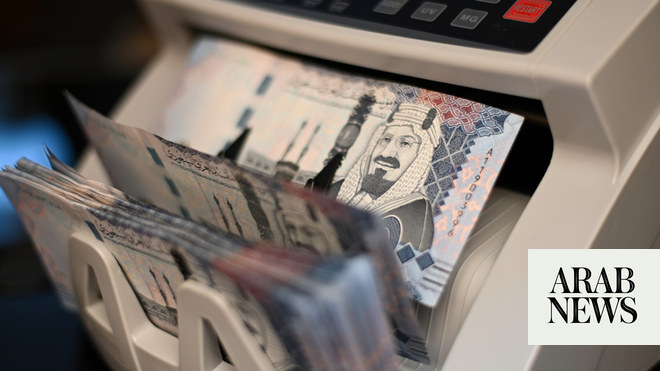
The total loans and advances increased at a higher rate of 14.2 percent year-on-year in FY 2021 as compared to 12.8 percent year-on-year in 2020
Riyadh: Saudi Arabia’s top 10 banks witnessed an improvement in profitability and strong growth in loans and advances in the financial year 2021 compared to FY 2020, according to consulting firm Alvarez and Marsal’s latest Saudi Arabia Banking Pulse.
One of the main drivers of profitability was net income, which increased by 15.5 percent year on year.
It was mainly driven by growth in operating income, with a reported increase of 3.5 percent year on year, and by a decrease in total impairments by 28.9 percent year on year, due to lower provisions and a recovering economy.
The aggregate operating income increased at a faster pace than operating expenses, resulting in a decreased cost-to-income ratio by 0.2 to 35.2 percent in FY 2021.
Therefore, banks" coverage ratio, which measures the bank"s ability to meet its financial obligations, increased from 148.2 percent in 2020, to 164.4 percent in 2021, according to the report.
The profitability ratios in financial year 2021, such as return on equity and return on assets, increased by 11.4 percent (from 10.9 percent) and 1.7 percent (from 1.6 percent), respectively.
The total loans and advances increased at a higher rate of 14.2 percent year-on-year in FY 2021 as compared to 12.8 percent year-on-year in 2020.
This was mainly due to the strong performance in the mortgage segment across the banking sector, with total retail mortgage in the kingdom increasing by 47.8 percent to SR 413 billion ($110 billion).
The low interest rate environment resulted in the increase in net interest income by 4 percent year-on-year, and a decline in the aggregate net interest margin to 2.9 percent in FY 2021, as Saudi Arabia’s central bank had previously cut repo rates by 125 basic points in march 2020, the lowest interest rates since 2007 in an attempt to support the economy after the pandemic.
In light of higher consumer spending, deposit growth ratio decreased from 9.2 percent y-o-y in FY 2020 to 7.2 percent y-o-y in FY 2021, resulting in an increase in loan to deposit ratio to 91.5 percent from 86 percent.
The capital adequacy ratio, which is a measure of how much capital the bank has available — and is reported as a percentage of the bank’s risk weighted credit exposure — decreased from 20.3 percent in FY 2020, to 19.9 percent in FY 2021, as cost of risk decreased with lower bank reported impairments.












